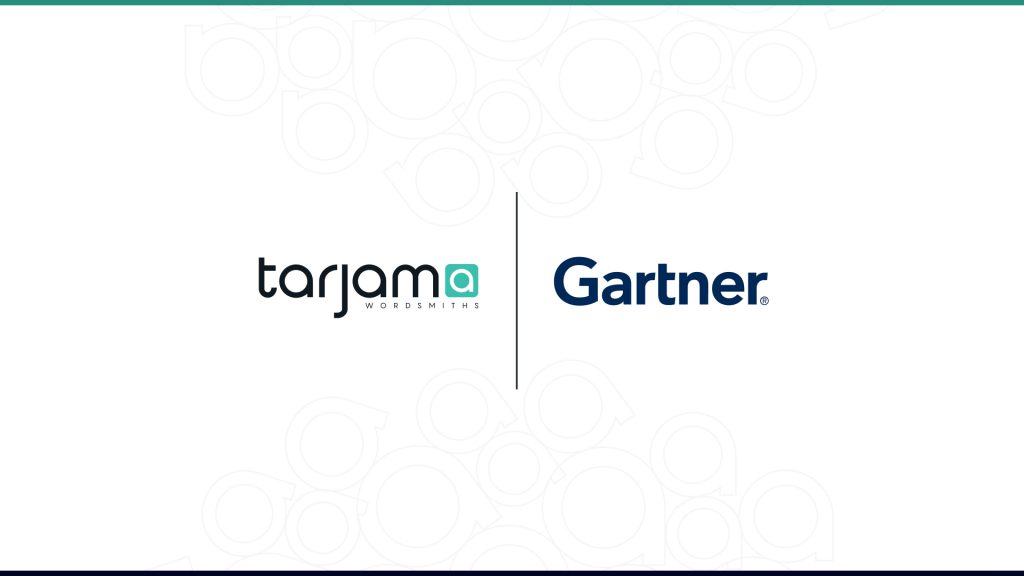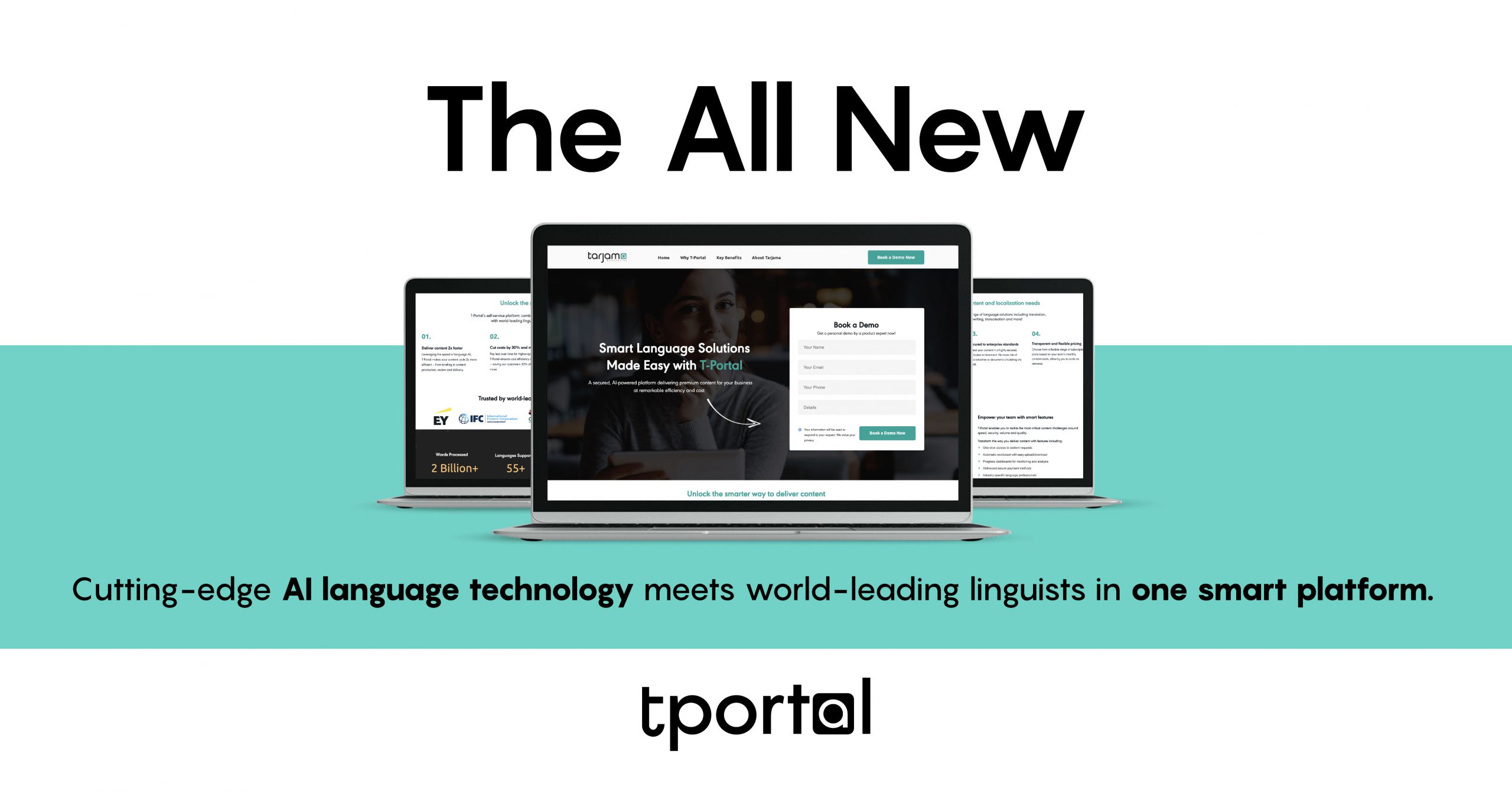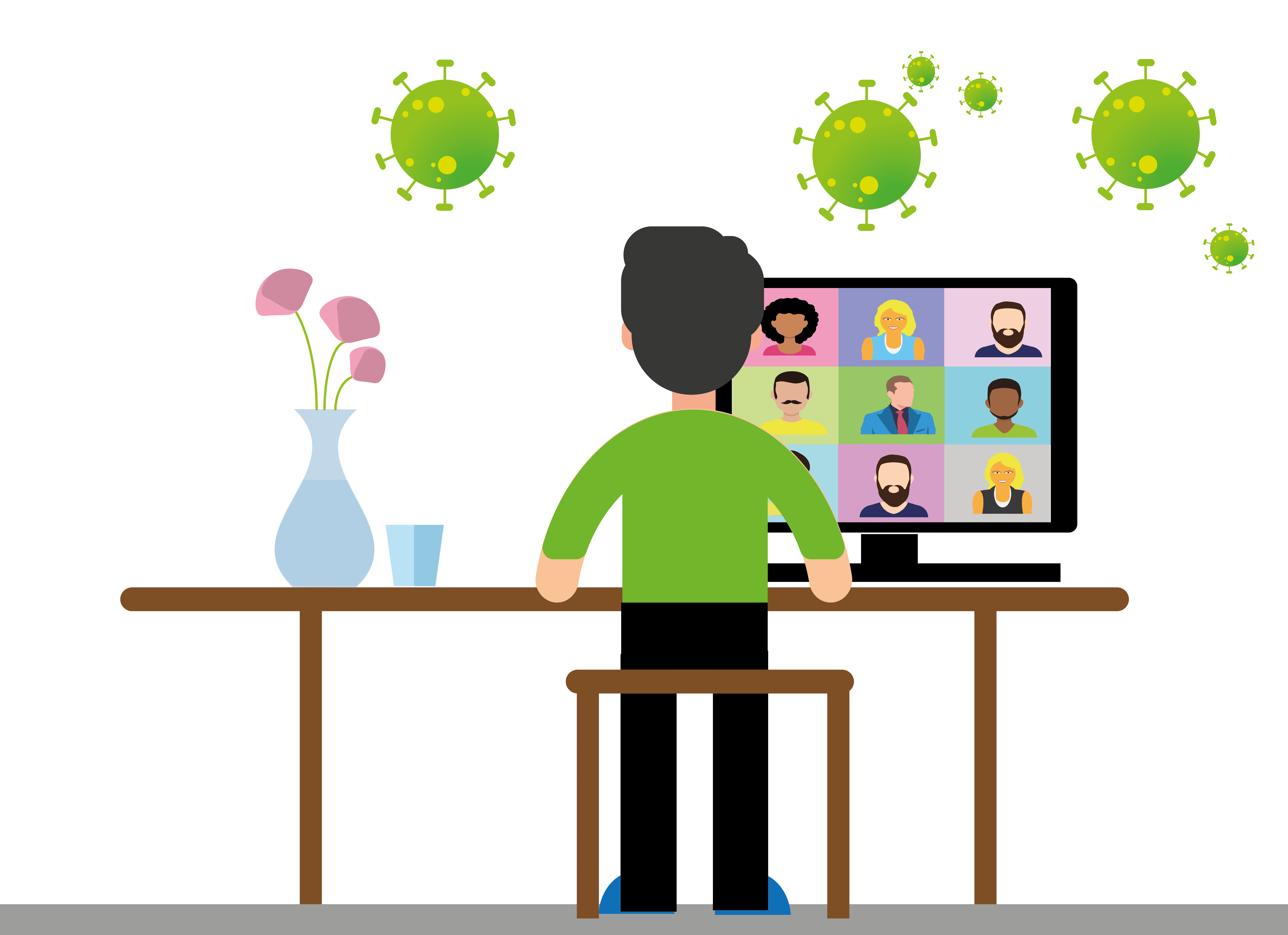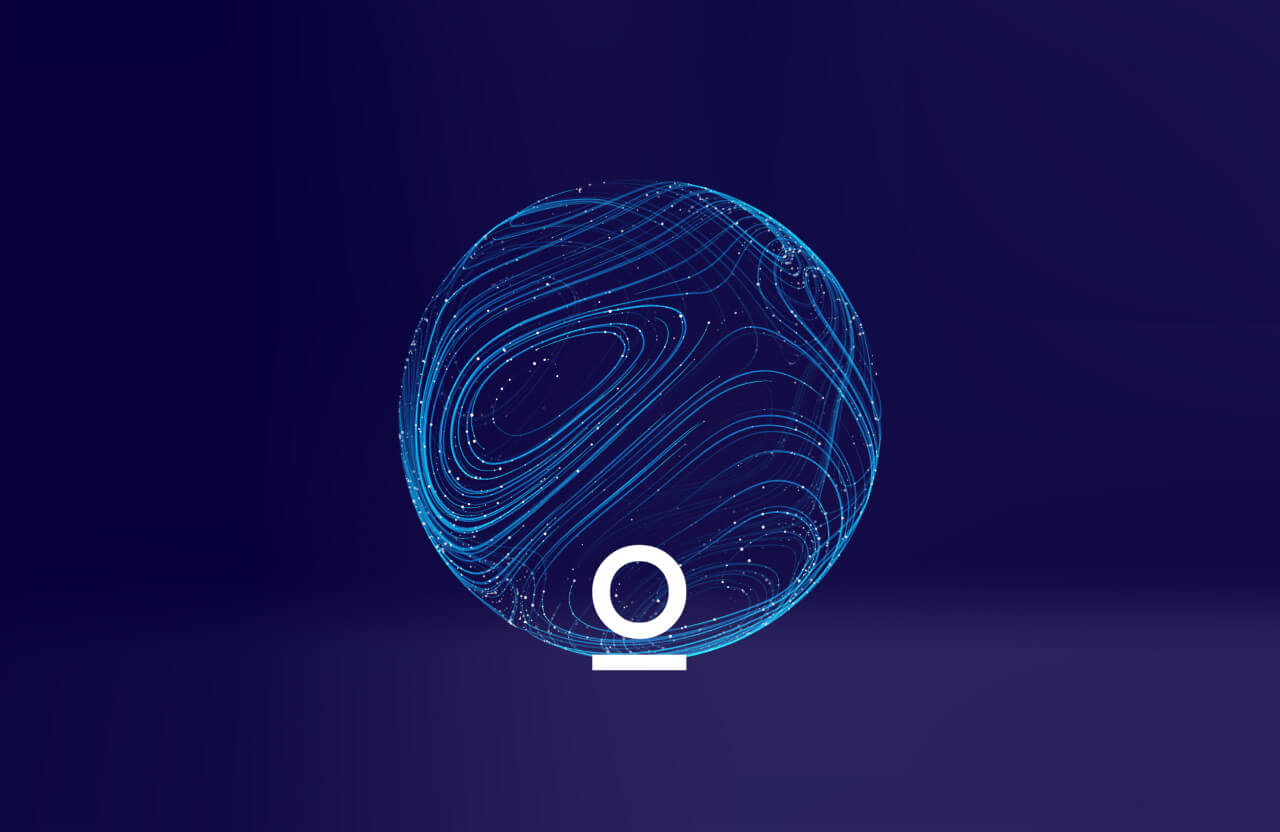Are you currently searching for ways to make your brand more familiarized and recognized by your target and potential leads? Then, creating a mobile app might be the solution for you. However, you need to first consider localization to build the perfect mobile app. Because localization enables you to achieve your business goals faster and massively contribute to your virtual existence by providing a global experience for your leads and customers.
Let’s start with the definition of localization and walk through all the steps of app localization.
What does localization mean?
The term “localization” originally derives from the world locale. Locales can be summarized as the various spoken types and dialects of one language. Suppose we happen to go back to what localization basically means. In that case, it simply adapts a particular context to a specific culture, region, or country to provide familiarization for the target audience. Converting kilometers to miles, kilograms to pounds, or vice versa can be considered among localization examples.
For an audience who is familiar with kilograms, pounds will make no sense unless they have already prior knowledge about it. So it can come in handy to localize these metrics according to the cultural background of the audience. Think about this simple example in a broader sense. Localization is different from translation, and it provides endless opportunities for businesses or entities to reach whomever they want to. Localization can be thought of as a form of customization for every client that uses your app.
The definition of app localization
Based on the short definition of locale, it might be useful to explain it in the sense that we know in today’s world. So, locales were different versions of one language. English is the perfect example of this. It is spoken differently in the USA, Australia than it is in the United Kingdom or Canada. So even while setting up your phone’s language, you see several options representing the region of that language, such as English (UK), English (US), English (AU), English (CA). You basically localize your phone while setting up your language or Siri.
The same logic applies to mobile applications, websites, or any other digital platform you can think of. With localizing your mobile app content, it is possible to provide different language options within the app to fit the needs of people reaching out from different cultural backgrounds and locations. Or if you sell any products or services, allowing your customers to see fees in their own home currency and read dates in their preferred format won’t only ease their processes but also help you carry your app to the next level.
What does app localization include?
Even though the written content might be among the first elements that come to mind, the localization process doesn’t entail written content only. It also transfers and translates the related cultural values or habits specific to a region, such as you might see in some of the steps below.
We have listed some practical mobile app localization steps below:
1- ADA compliance: make your platform accessible and user-friendly for visually challenged people and users with hearing impairment.
2- Flexibility in context size: It might take up more words on your screen if you translate specific content. So the text may either shrink or extend. In this sense, it is crucial to build the app flexibly.
3- RTL language support: Providing support for languages that are written and read from right to left.
4- Use consistent glossary: It might be useful to stick with a particular brand, business terminology that might make your visitors familiar with your services and brand. Employing these types of special lingo or glossary in your app is also important for localization purposes.
5- Cultural media/images: It is essential to provide as many localized items as possible on a mobile app. Since the main aim is to adapt the app media, it is important not to have any visual imagery, picture, or video that can offend anyone in that culture.
6- Providing culturally appropriate metric and time formats: Measurement types, currencies, date formats vary from culture to culture. Therefore the app should allow users to adapt their own dashboard or page according to their cultural requirements if they ever happen to desire.
This app localization checklist applies to Android app localization or an iOS app localization regardless of the system.
Why is app localization a must for the ones who aim to target wider audiences?
In today’s world, people can make real-time communication by using small devices that listen and translate everything they say throughout the whole conversation. Such breakthroughs in technology are sure to remove any blockers related to language or cultural differences. So, it is vital to localize apps, websites, or even home appliances with smart screens that most of us use at home.
Especially with the pandemic, our habits have drastically changed. Thus, growing businesses, platforms, and apps that reach thousands of people every day need to be even more globalized. So most get into a new phase of rebuilding their app strategies. With or without COVID-19, with the continuous development in technology and the internet, interactions are most likely to occur in an online environment. Therefore, addressing and reaching as many people as possible will be everyone’s number one priority, especially from the business standpoint. When the time comes, customers or consumers will be less understanding and forgiving. They probably will not be as loyal as you think unless you provide the proper optimizations with your mobile app.
We clarified above that many businesses experienced a growing demand for localization since everyone can now reach apps and their contents anywhere and anytime. Including mobile
banking apps, many sectors allow their customers and users to handle most of the operations at the comfort of their home, and apps have been optimized in conjunction with these demands. But what else can one do to get one step ahead and plan an efficient localization plan?
Planning steps to localize mobile apps
It’s hard to keep up with the latest mobile app requirements and demands. However, to give the apps the boost they need, it might require rebuilding a new localization strategy, especially in a time like this when everything is happening online. People tend to get into using apps more in the comfort of their homes, creating a wide array of possibilities for apps to meet these needs. However, localization needs care and resources to result in a successful implementation.
Sometimes, it might be challenging to take the first steps, and rushing into a half-baked localization plan will definitely affect your app’s quality besides your credibility. When you check all these points to make your strategy ready for implementation, your app is bound to skyrocket. That is why we have gathered some of these practical steps to get any app localization process to get started efficiently and quickly.
How to start app localization step by step
– Know your customer: Focusing on the target audience and avoiding unnecessary expenses for a market can be a massive step for the apps. Knowing the app’s market and building your steps further from there will save you time and resources.
– Reviewing localization process: It’s important to know where the localization process status stands for the app in question. Understanding local customer demands and keeping up with the trends there is essential.
– Time to apply localization to marketing strategies: Since now what the clients or the target audience expect from the app is loud and clear, it is time to start building a solid marketing process, including call-to-actions and app notifications for all users. Localization is the key player to ramp up the app’s visibility.
– Embrace new technological demands and optimize: It is all about keeping up with the trends. Apps need constant developments and improvements to provide a better experience for users in every sense. It is important not to hold back anything that can further contribute to user acquisition and spread to the new markets.
These four simple steps are among the most crucial steps in taking apps to a higher level. They address the needs of everyone from different backgrounds while growing the app’s business and increasing its visibility.
Continuous localization is a must
Just like continuous improvement and development of the app, continuity, and consistency of the app localization services matters considerably. Building a global product, such as a mobile app, requires more than translation. Based on the steps we’ve covered above, the app has already finalized the first and most important localization steps. It has new languages and compatibility formats for users with different histories and cultural backgrounds, and it is already optimized for considering local and global needs. However, the job doesn’t end there. That is why it is important to look at localization as a step integrated within the app building process rather than a rushed afterthought.
As mentioned, texts can expand, shrink or users need to change the user interface since they need to use different tools to interact with the app’s content. These are all time-consuming, last-minute adjustments that designers and developers need to take care of when/if localization is not included within the building process. Regarding workload, time, and resources, making sure the app has a continuous localization process, a successful integration with the app, and localization’s effects on the digital content or any media app are something we can help with. With our handpicked localization experts and leading language technology, Tarjama offers remarkable localization results for your apps. Get in touch with us now to get started!





















